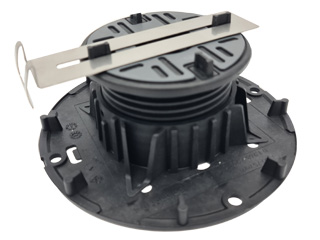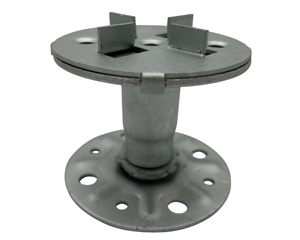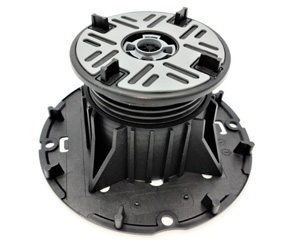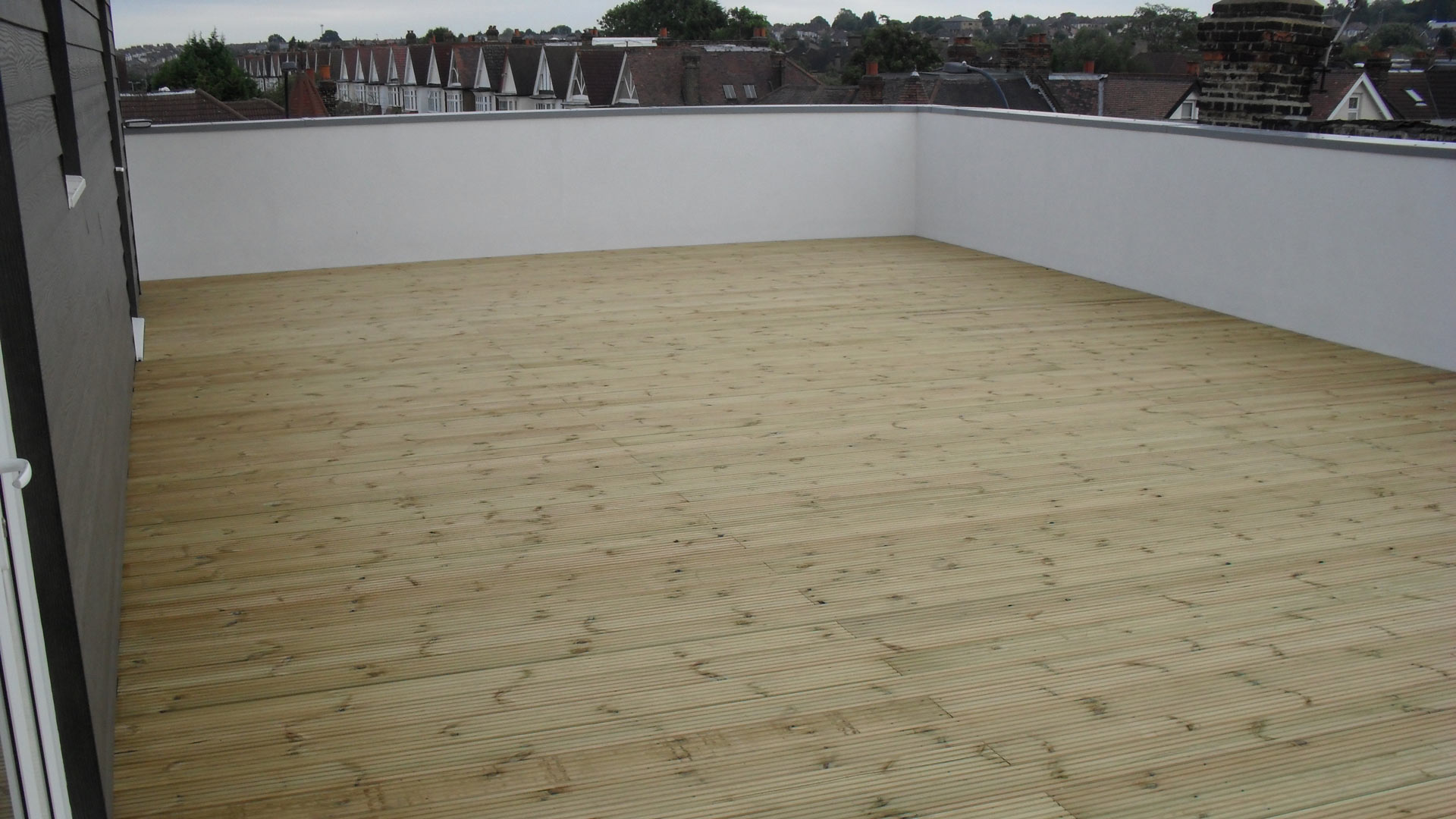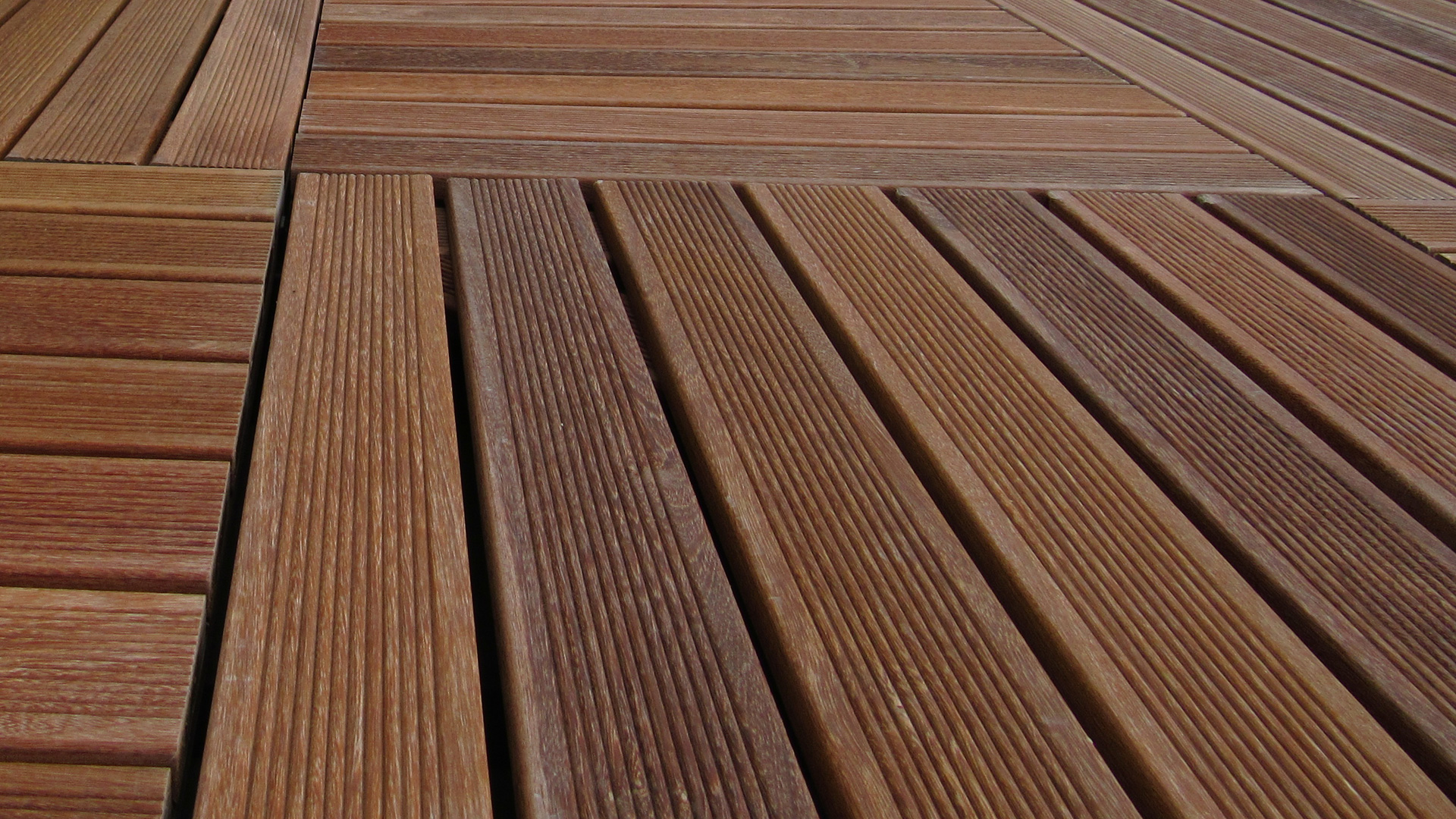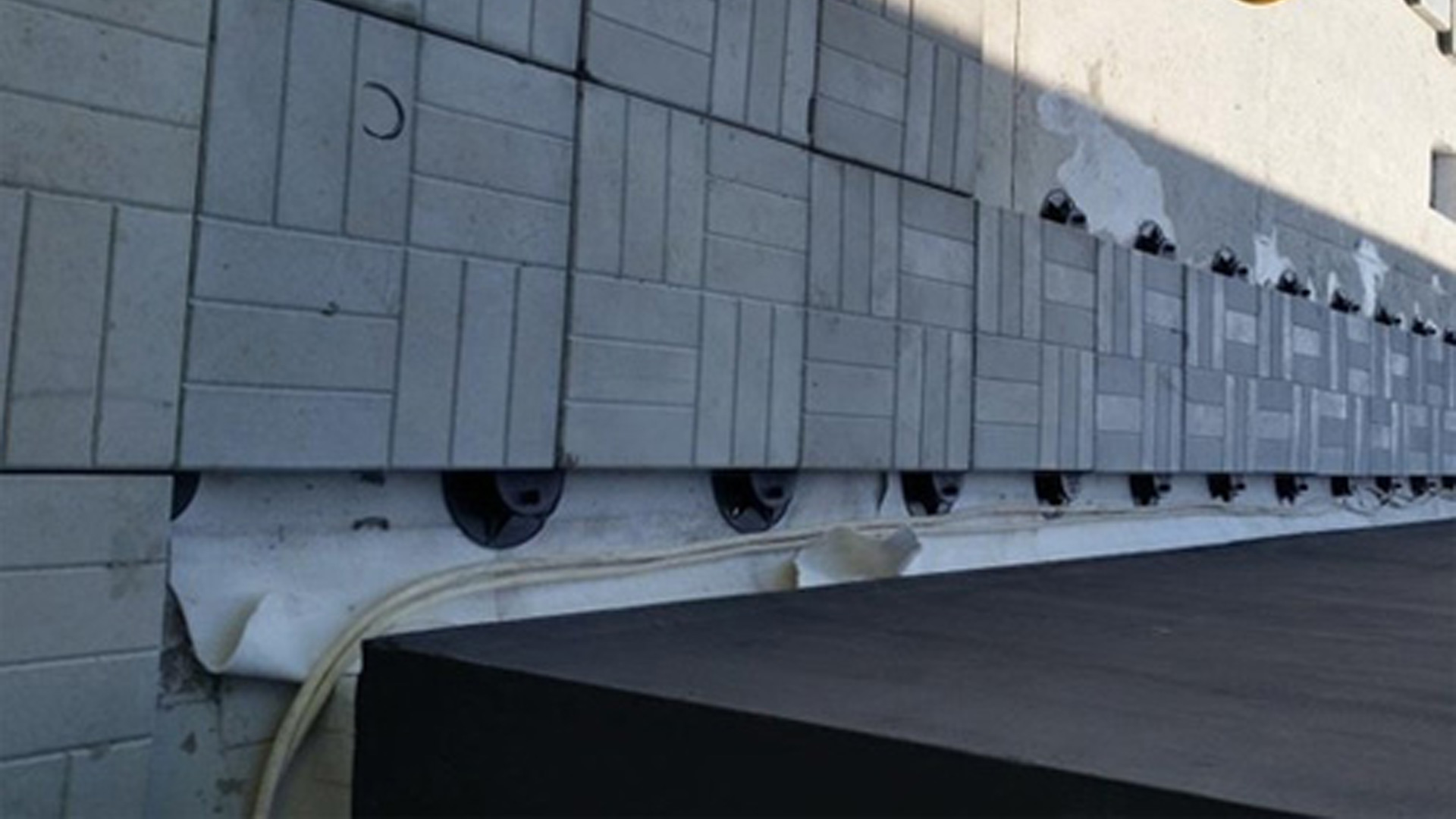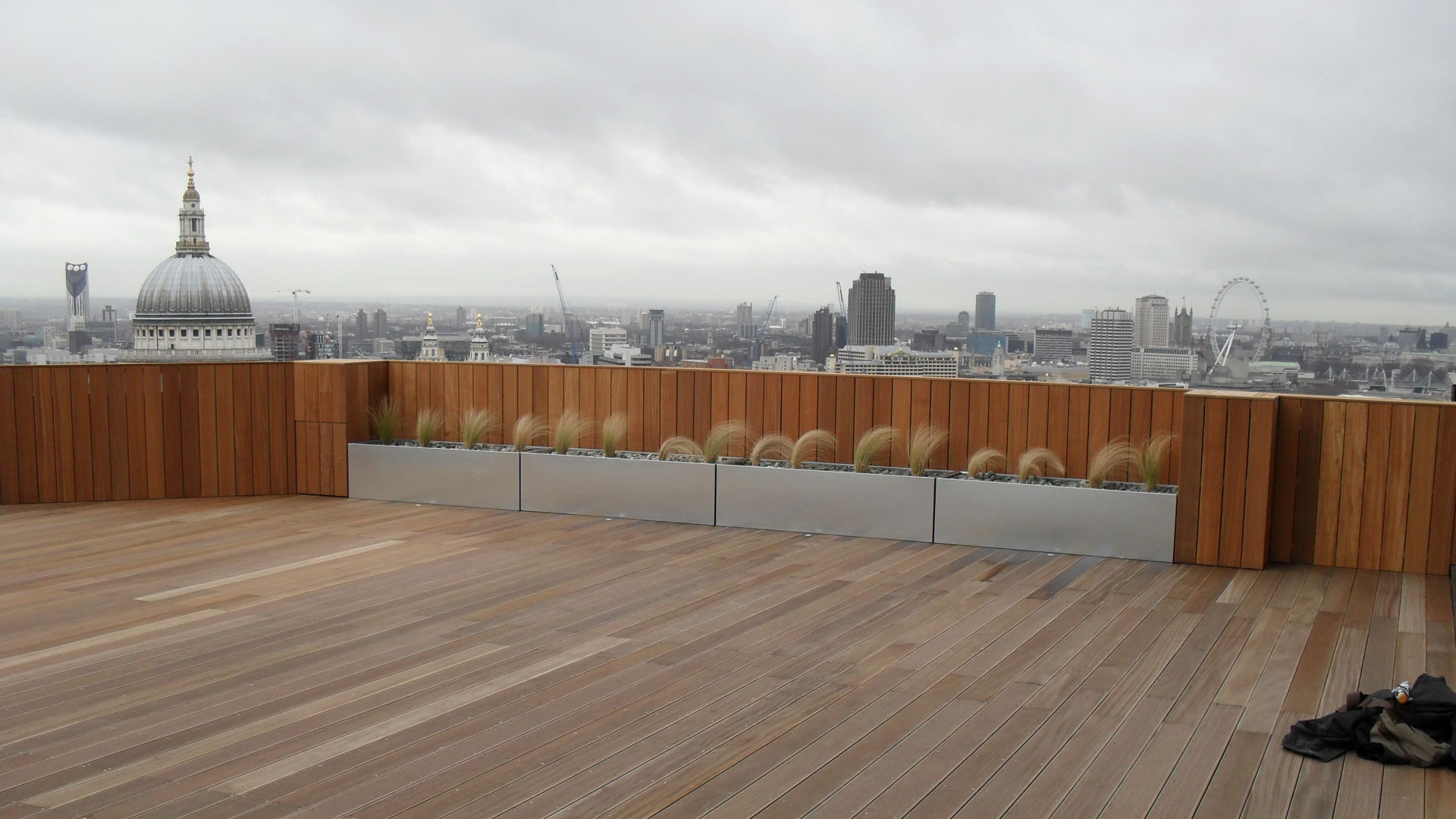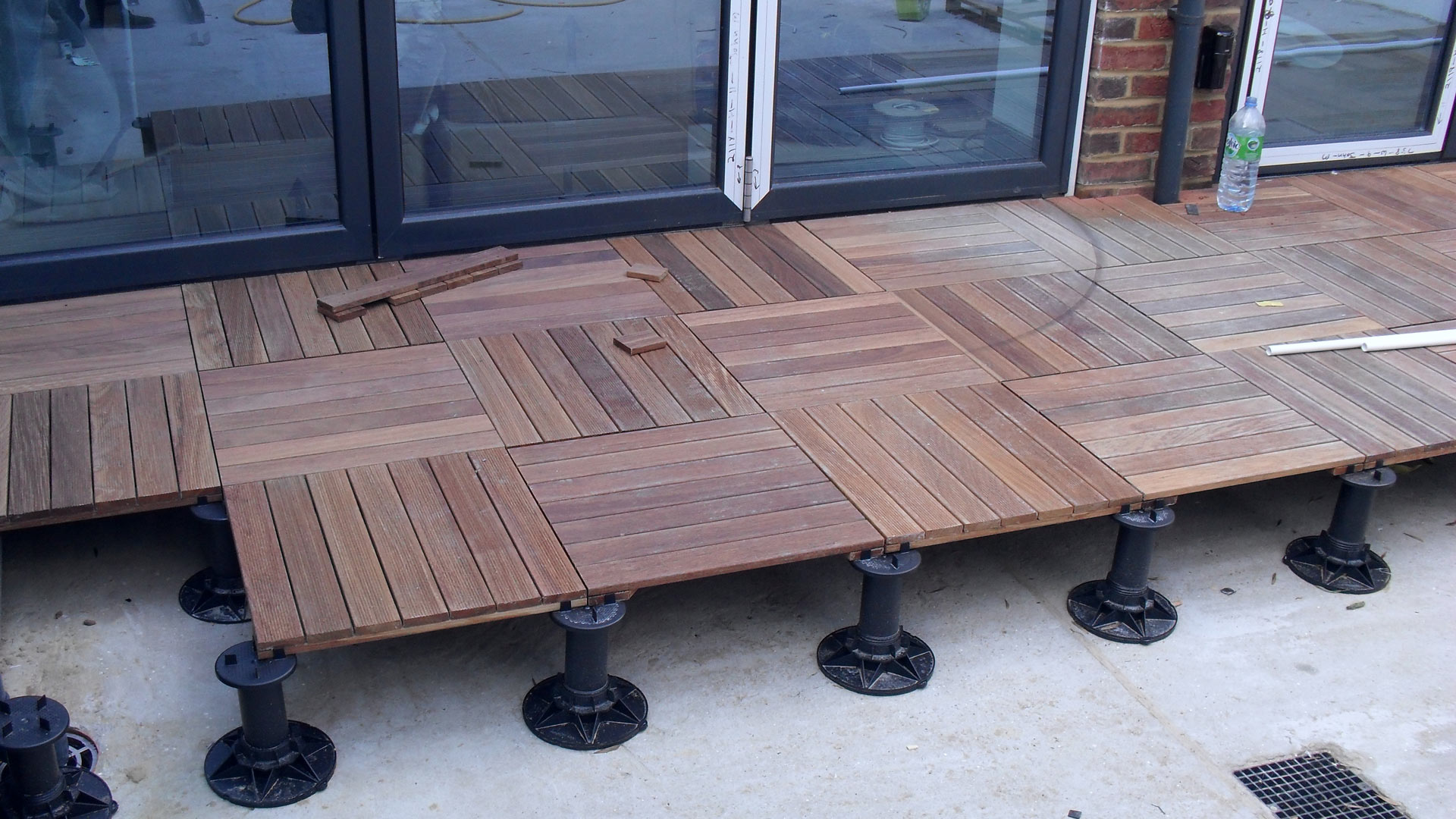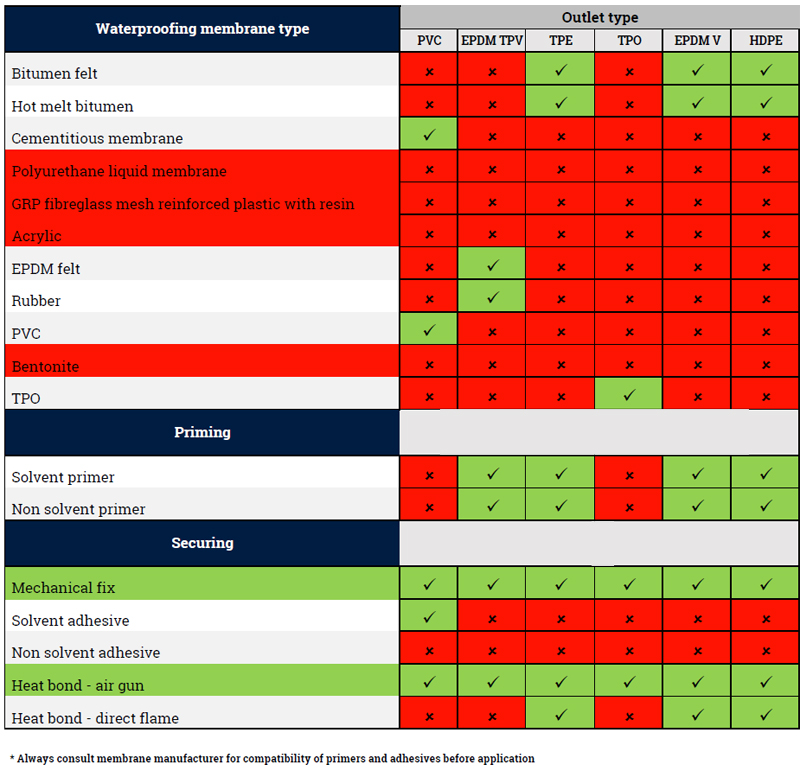Managing rainwater is one of the key drivers behind the growing use of green roofs. Yet, many professionals encounter confusion when it comes to the terms retention and detention in the context of stormwater control. While these two approaches are interrelated, they serve very different purposes—and understanding this distinction is essential when designing effective, sustainable drainage solutions such as green roofs.
What’s the Difference Between Retention and Detention?
In the simplest terms:
-
Retention refers to the permanent holding of water. Water that is retained does not enter the drainage system. Instead, it is absorbed into the substrate, taken up by plants, or evaporates into the atmosphere through the natural process of evapotranspiration. This water remains within the ecosystem and contributes nothing to surface runoff.
-
Detention, by contrast, is about temporarily holding water back. Rainwater is collected and stored for a short period before being gradually released at a controlled rate into drainage systems. Detention does not eliminate runoff, but it slows the rate at which it occurs, helping to prevent localised flooding during periods of heavy rainfall.
To use a metaphor: retention acts like a sponge, soaking up water and keeping it locked within the system, while detention functions more like a temporary reservoir that delays runoff but eventually releases it.
How Stormwater Management Has Evolved
Historically, stormwater management in urban areas has centred around detention-based systems. Engineers typically designed hard infrastructure—such as underground pipes, storm drains, and attenuation tanks—that channelled rainfall away from impermeable surfaces and held it temporarily before releasing it.
Whilst this approach has served cities reasonably well, it often fails to tackle the core issue: the volume of water being displaced by sealed surfaces like roads, pavements, and rooftops.
In response to this shortfall, urban planners and environmental engineers began to promote more natural, sustainable drainage strategies. From the late 1990s onwards, retention-based systems—including green roofs, rain gardens, swales, and permeable paving—became key components in the drive towards greener, more flood-resilient towns and cities.
These solutions mimic nature, allowing water to be absorbed, filtered, and slowly released or evaporated, thereby reducing the pressure on traditional drainage networks.
How Retention and Detention Apply to Green Roofs
Green roofs are among the most effective green infrastructure tools for managing rainfall, and they often combine both retention and detention functions:
Retention on Green Roofs
The vegetation and substrate layers absorb rainwater directly, preventing it from running off the roof altogether. Over time, this moisture either evaporates or is used by plants and released via evapotranspiration. The result is a reduction in the overall volume of water entering drainage systems—particularly during moderate or light rainfall.
Detention on Green Roofs
During intense or prolonged downpours, some green roofs are fitted with features such as drainage layers, void spaces, or engineered flow restrictors. These allow surplus water to collect and then drain away slowly, reducing the peak flow rate and relieving pressure on public drainage infrastructure.
In this way, green roofs help to manage both everyday precipitation and more extreme weather events, supporting a more balanced and sustainable urban water cycle.
Why Accurate Terminology Matters
Despite their central role in water-sensitive urban design, the terms “retention” and “detention” are often used interchangeably—or incorrectly—within the green roof sector. This can lead to confusion when specifying systems, interpreting regulations, or setting performance expectations.
Without clear definitions, projects may end up with solutions that don’t perform as intended. For example, a system assumed to retain water may actually be designed only to detain it, contributing to runoff and failing to meet sustainability goals.
By adopting precise language and a consistent understanding of how these systems operate, designers, manufacturers, and contractors can ensure green roofs perform optimally and deliver measurable benefits in real-world conditions.
Planning for a Resilient Future
With increased urbanisation and the growing impact of climate change, UK cities face mounting challenges from surface water flooding. Sustainable drainage strategies that combine both retention and detention are now critical to effective flood risk management.
Green roofs serve as a prime example of how these techniques can be deployed in harmony. By understanding the differences—and the complementary relationship—between retention and detention, we can design smarter, greener cities that are better equipped to handle stormwater, protect property, and support biodiversity.
Towards a Greener Urban Landscape
Clarifying the definitions of retention and detention is more than just a matter of technical accuracy. It’s about empowering the industry to create reliable, efficient, and futureproof systems.
By embracing both approaches, urban developers, architects, and landscapers can help address environmental challenges head-on. Green roofs are a vital part of this transformation—not only managing water sustainably but also contributing to improved air quality, thermal regulation, and visual appeal.


